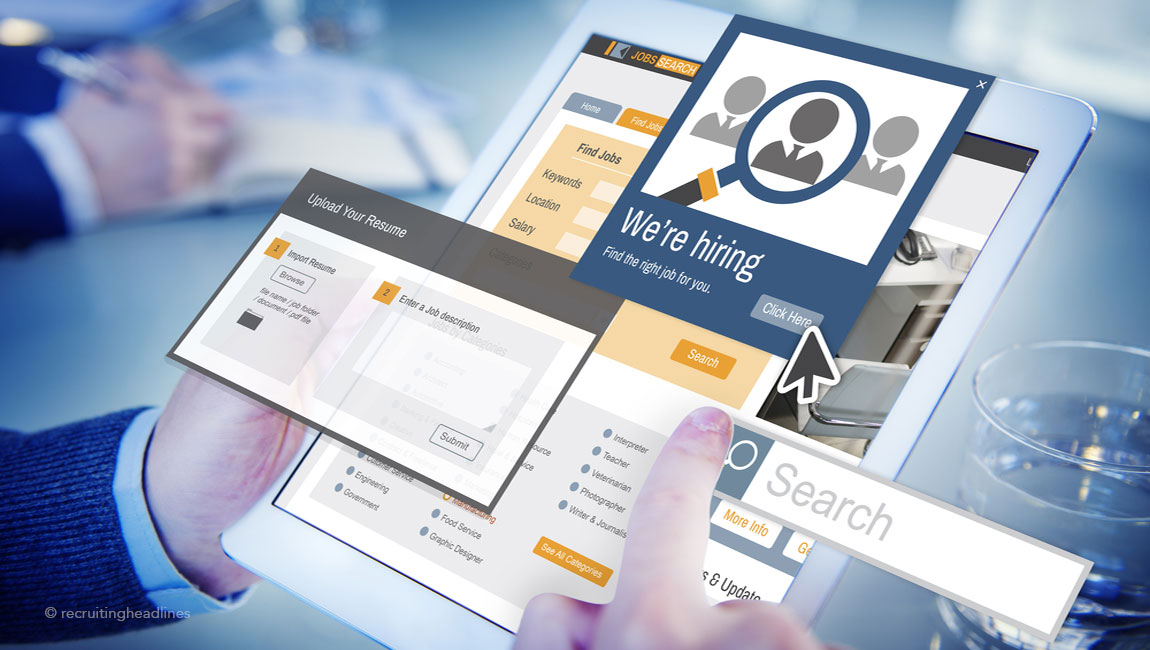HR automation is the use of technology to enhance the overall efficiency of the Human Resources Department by automating tedious manual tasks and some of the HR processes. It can include automating employee onboarding, tracking employee performance, and managing payroll and benefits. Automating HR can also enable organizations to save time and money and allow the employees to focus on more essential tasks like strategizing and decision-making. Meanwhile, HR automation has come a long way from the time of rule-based scanning of resumes. Artificial intelligence, software tools, and SaaS-based applications have recently brought HR automation within the easy reach of small businesses.
So, when you consider how small businesses can automate HR operations, you are no longer thinking of the tools to use because there are so many economical and practical solutions available in the market. What you need to focus on are the Why, and the Which, of HR automation. If you know why you want to automate HR, you’ll come to know which HR functions you need to automate, and that tells you how you can automate your HR operations. A study titled ‘AI shows value and gains traction in HR’ published by Gartner in 2020 analyzed why companies were automating HR functions with AI and found that many of them had multiple objectives.
For instance, the study found that while 62% of companies that used HR automation wanted to improve data-based decision-making, 51% were striving for cost savings. Meanwhile, 56% of these companies wanted to automate repetitive or manual tasks, and 57% aimed to enhance employee experience. The study also found that the areas that most of the organizations were focusing on for automation were HR operations (40%), employee engagement monitoring (38%), and talent acquisition (38%). Meanwhile, a study by McKinsey titled ‘Human resources in the age of automation,’ published in 2018, stated that intelligent process automation generally eludes HR operations teams due to the dynamic nature of the requests the HR teams usually receive.
Though all these make it clear what and how to automate, there’s more to HR automation than that. The key here is to separate human-facing and human-centric functions from repetitive tasks that can be safely automated, like payroll or leave application processing. Parts of operations like performance management or attendance can also be easily automated, while some other tasks have human monitoring and supervision. Automating HR functions does not necessarily mean excluding human intervention or control totally. Small businesses need to understand this at the outset if they have to implement automation in HR effectively.
In a nutshell, the HR processes that are most commonly automated by small businesses include talent acquisition (applicant tracking systems and chatbots), candidate screening, employee onboarding (learning management systems), employee performance management, HR analytics, payroll management, leave calculation and approvals, employee offboarding, compliance, tax filing, time tracking for part-time workers and freelancers, benefits administration, expense submission and acceptance, and automation of contracts. Deploying programmatic job ads to find the best talent, maintaining a careers page to get prospective candidates interested, having automated attendance timesheets, offering HR systems for payslip generation and salary letter generation, and providing an HR remainder system for performance appraisals are all getting automated with AI.
There are many reasons why your company should be enthusiastic about HR automation. Perhaps the most apparent benefit is eliminating paper-based processes and the associated costs. Other benefits include increased accuracy and efficiency in data entry and reporting and reduced turnaround time for onboarding new employees. Additionally, automated HR systems can help to identify potential issues and compliance risks before they become problems. By automating HR processes, you can free up time and resources that can be better spent on other areas of your business. Finally, automating HR can help to improve employee satisfaction and retention by making it easier for employees to access relevant and valuable information and benefits.




